Uncategorized
-
 Health & Medicine
Health & MedicineParasite protein offers new hope for malaria vaccine
A newly discovered malarial protein triggers the immune system to trap disease-causing parasites in red blood cells. The protein offers scientists a promising target for vaccines.
By Meghan Rosen -
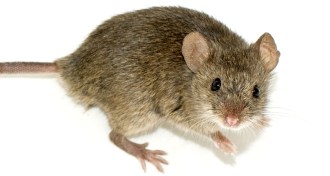 Neuroscience
NeuroscienceLife span lengthens when mice feel less pain
When rodents are missing a sensory protein, their metabolism revs up and they live longer.
-
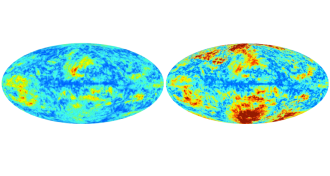 Cosmology
CosmologyDustup emerges over gravitational waves discovery
While cosmologists wait for data from Planck satellite, some worry that BICEP2 data actually come from our galaxy.
-
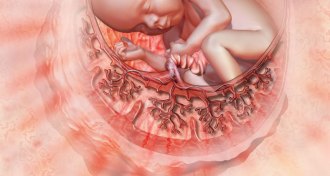 Life
LifeIn a surprise find, placentas harbor bacteria
Mouth bacteria make their way to the placenta. Some mixes may trigger premature birth.
-
 Quantum Physics
Quantum PhysicsQuantum cryptography could shed test for hackers
An added protection of a proposed quantum cryptography method makes eavesdropping nearly impossible.
By Andrew Grant -
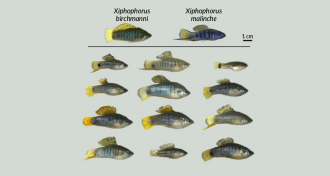 Life
LifeGenes gives clues to outcome of species interbreeding
Genetics provides clues to why hybrid river fish formed a subspecies but insects formed a new species.
-
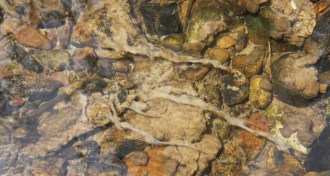 Climate
ClimateEnvironmental change may spur growth of ‘rock snot’
A controversial new theory suggests alga that forms rock snot isn’t an invader, but a low-key species native to many rivers.
By Beth Mole -
 Climate
ClimateForest fires may speed demise of Greenland’s ice sheet
Black carbon released by burning woodland darkens Greenland’s ice sheet, quickening its melt.
By Beth Mole -
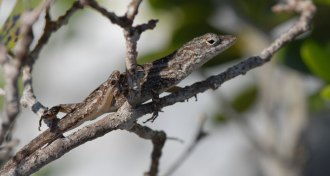 Animals
AnimalsLizards may scale back head bobbing to avoid predators
Brown anoles may scale back mating signals to avoid being eaten.
By Meghan Rosen -
 Physics
Physics‘The Sound Book’ explores echoes, bad acoustics and more
Acoustic engineer Trevor Cox provides an international tour of aural amazements.
By Sid Perkins -
 Particle Physics
Particle PhysicsProposed experiment would create matter from light
Photon collider would convert light into electrons and positrons.
By Andrew Grant -
 Life
Life‘The Amoeba in the Room’ uncloaks a hidden realm of tiny life
Mycologist Nicholas Money reveals the secret (and dramatic) lives of amoebas, bacteria, fungi and other often-overlooked microbes in The Amoeba in the Room: Lives of the Microbes.